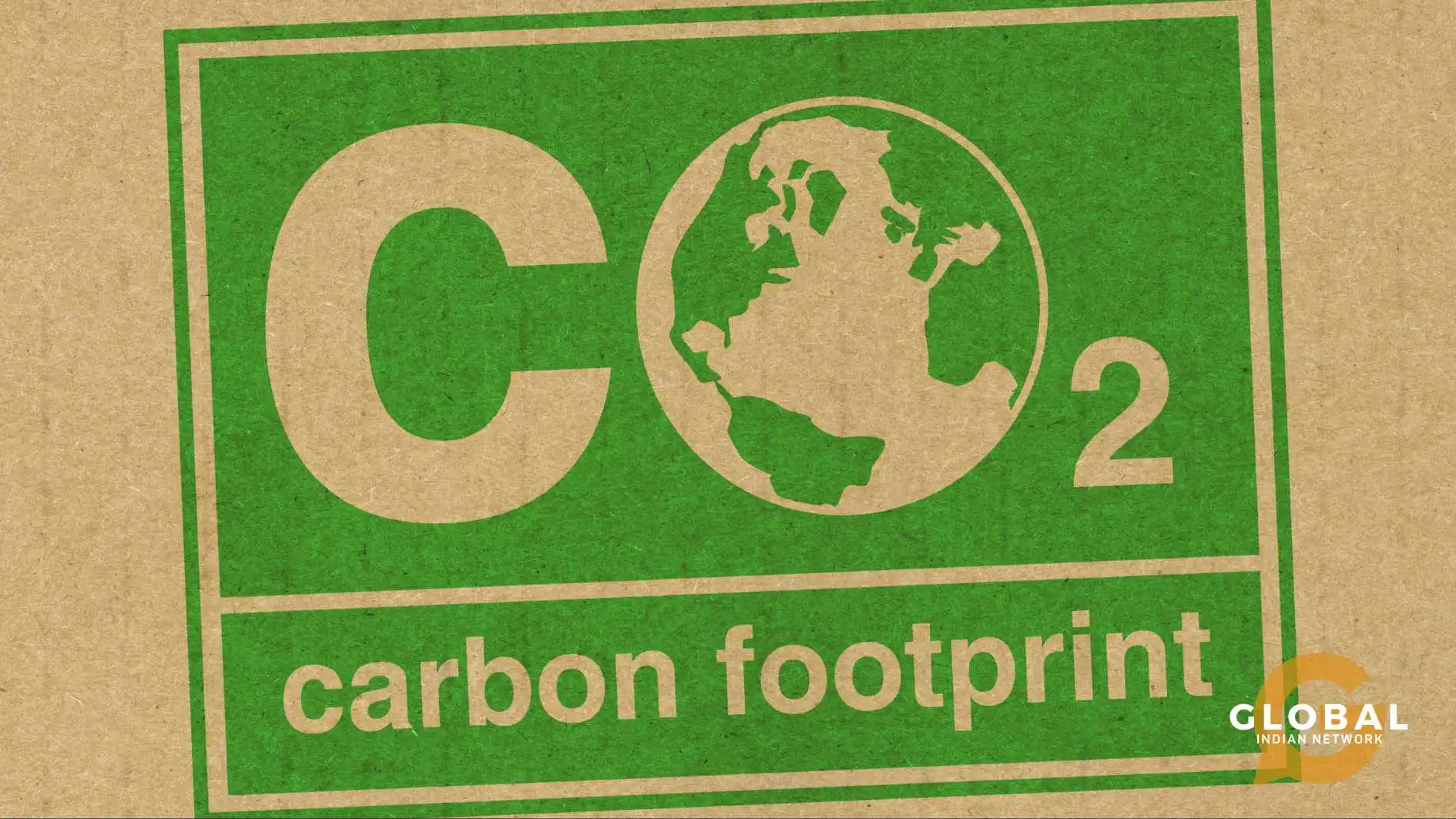As businesses and governments intensify their efforts against climate change, the role of carbon footprint project management has surged to the forefront of green strategies. By applying project management disciplines to track carbon footprint, organizations now evaluate energy consumption, minimize greenhouse gas emissions, and drive carbon reduction. This new carbon footprint project management approach shapes environmental sustainability across sectors, leveraging tools like the carbon footprint calculator and Life Cycle Assessment, and aligning with green building initiatives. In this article, we explore how carbon footprint project management is revolutionizing green initiatives, cutting greenhouse gases, improving environmental impact, and supporting long-term resilience in a warming world.
Table of Contents
Carbon Footprint Project Management in Planning and Design
Carbon footprint project management starts early, in the planning and design phase. During this stage, teams embed carbon footprint reduction goals into the project plan, using carbon calculator tools or full carbon footprint calculator models. Project tasks are assessed for energy consumption, resource use, and projected greenhouse gas emissions. A Life Cycle Assessment can evaluate the environmental impact of materials and sustainable construction materials. This carbon approach allows for low-carbon construction decisions from the outset, such as choosing heat pumps, solar energy, or electric vehicles for site logistics. Through project management software, stakeholders track carbon data, monitor greenhouse gas outputs, and optimize the carbon intensity of the entire capital project portfolio.

Monitoring Carbon Footprint During Construction Phase
Once projects enter the construction phase, carbon footprint project management ensures ongoing transparency and control. Via sustainability KPIs and sustainability reporting, teams continuously measure carbon footprint, carbon impact, and real-time energy management. Tracking greenhouse gas emissions and greenhouse gases from diesel generators, machinery, and transportation helps enforce waste management and waste disposal best practices. Integration of waste management protocols and native plant species landscaping reduces overall environmental impact. Employing low-carbon construction techniques and green building standards supports carbon reduction and environmental sustainability, satisfying sustainability criteria, disclosure of supply chain obligations, and meeting Paris Agreement goals. Carbon pricing or carbon taxes can be simulated or applied to incentivize carbon reduction throughout the project tasks.
Outcomes and Gaging Sustainability Impacts
After completion, the carbon footprint project management shifts to assessment and reporting. Teams perform a formal Life Cycle Assessment, include carbon data in the Sustainability Report, and evaluate the effectiveness of carbon policies. A carbon footprint calculator or carbon calculator can quantify total emissions and environmental impact, facilitating strategic reviews. Transparent reporting on greenhouse gases, greenhouse gas emissions, and carbon impact supports compliance with climate bank lending criteria, carbon reduction targets, and investor expectations.
Metrics from project management tools feed into broader sustainability reporting frameworks. Showing measurable reductions in energy consumption, adoption of renewable energy, use of electric vehicles, heat pumps, and solar energy, plus effective waste disposal, demonstrates that carbon footprint project management delivers real carbon reduction and positive environmental sustainability outcomes.
Conclusion
In today’s context of escalating climate change, incorporating carbon footprint project management is not just nice to have; it’s essential. By embedding carbon footprint tracking and analysis across project management phases from planning and design through the construction phase and into post-completion reporting organizations can reliably cut greenhouse gases, reduce greenhouse gas emissions, and minimize energy consumption. Tools like Life Cycle Assessment, carbon footprint calculator, carbon data tracking, and carbon pricing models support effective carbon reduction and environmental sustainability.
Meanwhile, low-carbon approaches such as green building, heat pumps, solar energy, and electric vehicles reinforce positive environmental impact. As businesses align with Paris Agreement targets and utilize Sustainability Report frameworks, adopting carbon footprint project management is revolutionizing green initiatives and leading the charge toward a more sustainable, low-carbon future.

FAQs
What is the Carbon Footprint of a Project?
A carbon footprint (or greenhouse gas footprint) is a calculated value or index that makes it possible to compare the total amount of greenhouse gases that an activity, product, company, or country adds to the atmosphere
What is a Carbon Footprint Analysis?
The analysis aims to measure the total global quantities of carbon dioxide and other greenhouse gases produced throughout the entire lifecycle of a product, service, or operation. A Carbon Footprint Analysis will account for: Emissions arising from the transportation of raw materials, products, or waste. Emissions are produced during various processes.
What is 1KG of Carbon equal to?
Thinking of it this way might help: 1kg of carbon dioxide would fill a large beach ball (with a diameter of slightly over 1m). This is the same amount of carbon dioxide produced by driving an average car 3.7 km. Or the same as using half a litre of petrol in your car, or making 16 cups of tea.









